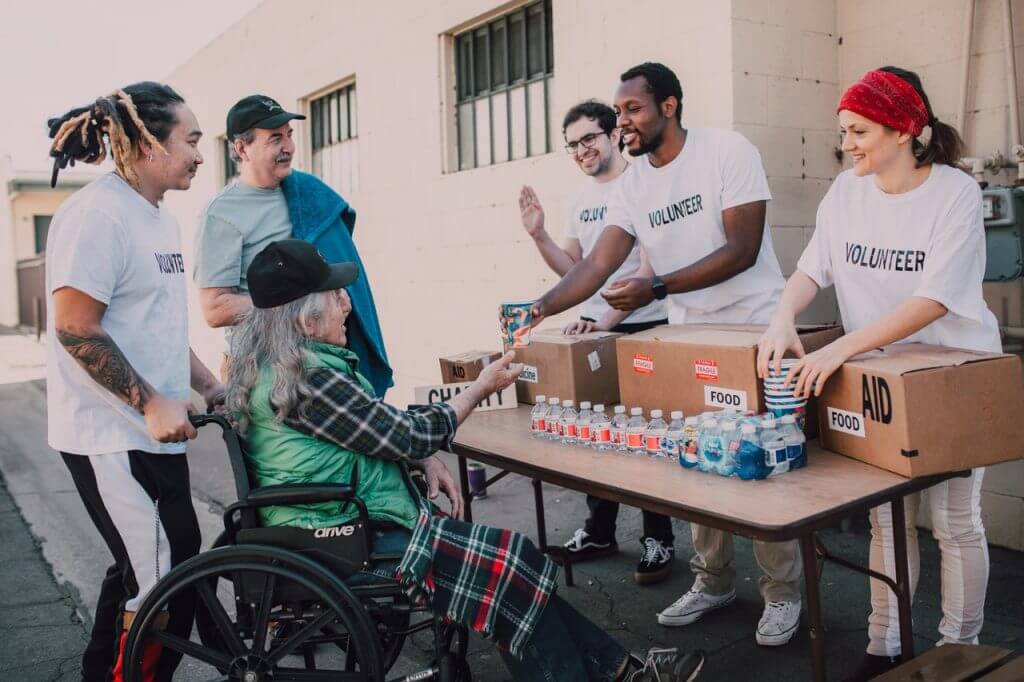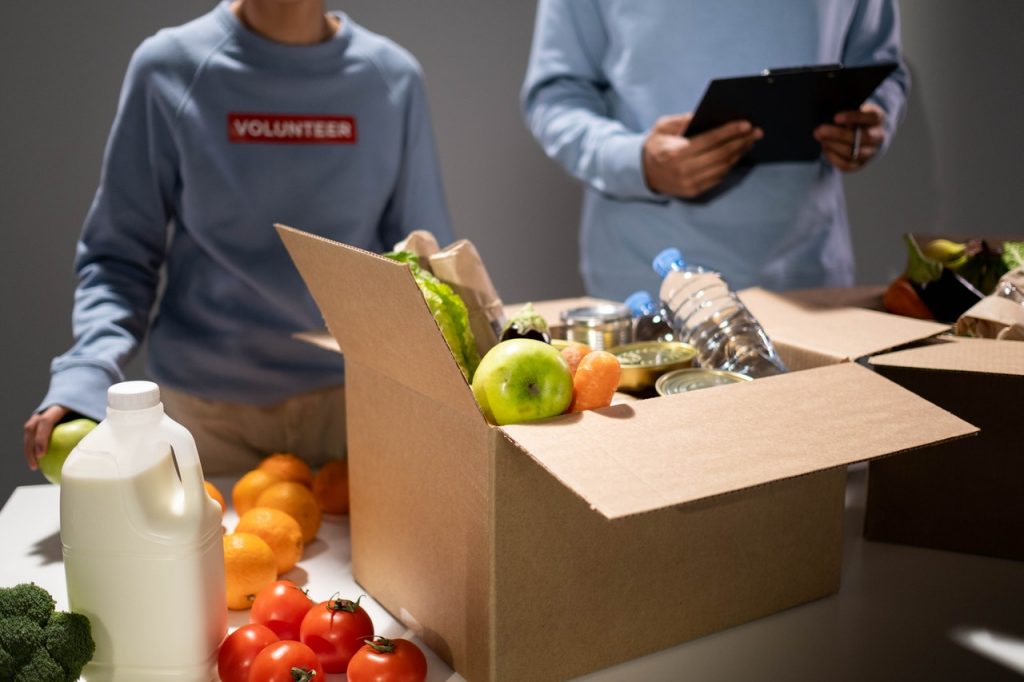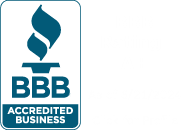Food insecurity has long been an issue in the United States, with a report from the USDA stating that 10.5% of the U.S. population, roughly 13.7 million Americans, have experienced it at some point during 2019. And a year after the onset of the COVID-19 pandemic, a report by Feeding America showed that more than 42 million Americans may have suffered from food insecurity. Its cause can be attributed to a lot of factors, such as income, unemployment, disability, and more. As a result, there have been numerous initiatives to combat this growing problem, and one of them is empowering citizens with tools on how to start a food bank and provide temporary relief to individuals or families with difficulties procuring food for their everyday needs.
Starting a food pantry can seem overwhelming, but with the right guidance it becomes easier. At BryteBridge Nonprofit, we don’t just teach you how to start a nonprofit food bank, we can help you grow it as well.
Defining Your Needs

With the support of our nonprofit services at BryteBrite, conducting a market and feasibility study on your community is easy, but you can also get started on this solo. When starting a nonprofit food pantry, you need to know how many people in your area are needing help, what they need, where they are, and the factors that might affect how they will receive food. This will help in determining the key parts of your plan on how to start a food bank system that works.
An important step is to submit your application to the IRS for your 501(c)(3) designation if you are planning to become a nonprofit organization. Being one will give you lots of benefits that will help in all of your nonprofit initiatives. One of these includes exemption from the federal and sales taxes when purchasing supplies and equipment, as well as the ability to give tax deductions to charitable donor contributions. Learn how BryteBridge Nonprofit can help you get started on your application today.
Planning the Next Steps
For this stage, you will need to define your key personnel that will know how to run and start your food bank, its business plan, core functions, and objectives that will determine what your nonprofit will serve as. When starting a nonprofit food pantry, planning your nonprofit is a whole lot easier when you’re surrounded with the right amount of people who are as passionate as you are for the cause.

Also, we recommend listing down everything that you are willing to give out from your food bank. Will you only serve food supplies, or will you also provide other everyday essentials like clothing or personal hygiene kits? Where will you source them? Are they sustainable? These questions will help make your plan of starting a food pantry much clearer and easier to follow.
Allocation of Funds
When you have identified the scope and purpose of how you will start your food bank, you will then need a physical warehouse to store your goods. Choose your potential warehouse location in areas that would be most accessible for the community you’re serving, as visibility is important when you want more people to reach you.
Set aside funds for the initial purchase of your food supplies, as newly established food banks will need to supply at an operational capability to their beneficiary agencies. This expense will decrease with more donations coming in from partner agencies.
When you have identified the scope and purpose of how you will start your food bank, you will then need a physical warehouse to store your goods. Choose your potential warehouse location in areas that would be most accessible for the community you’re serving, as visibility is important when you want more people to reach you.
Set aside funds for the initial purchase of your food supplies, as newly established food banks will need to supply at an operational capability to their beneficiary agencies. This expense will decrease with more donations coming in from partner agencies.

Getting started on your nonprofit food bank will undoubtedly involve costs, when you factor in staff and personnel salaries, operational expenses, and more. However, when starting a food pantry, there are a lot of ways that you can be resourceful and efficient, such as sourcing food from grocery surplus, as well as organizing a food drive to gather food donations with active volunteers from your community. Another way to gain funds would be from grants and charitable donations. If you have any challenges organizing effective fundraising campaigns, BryteBridge can help, having served over 30,000 people. Start up, grow, and maintain your nonprofit with our professional support.
Launching Your New Food Bank
After finalizing your business and how-to plan, it’s now time to launch and start your food bank. You may need to conduct advertisements regularly, a mix of paid and organic, should you want to reach a lot of areas quickly. When starting a nonprofit , marketing via Facebook, Instagram, and Twitter is essential, but you can also try traditional ways like word-of-mouth marketing or its digitized version lately, reviews or affiliates.

Ultimately, if you’re looking for a way to give back, starting a community food bank is the answer. Your needs will vary depending on what’s available in your city and how much money you want to spend, but today we’ve provided some basic steps that should be useful no matter where you are.
Now it’s time to take action! Launching this new venture can be hard work—knowing how to start a nonprofit food pantry is not enough, as you’ll have to do everything from stocking shelves with donations to getting permission from relevant authorities. That’s why having an expert to guide you every step of the way is essential. BryteBridge provides reliable service and guidance tailored specifically to meet all of your nonprofit needs, from finding the right location to helping you source funding. Schedule a consultation today and get started!



